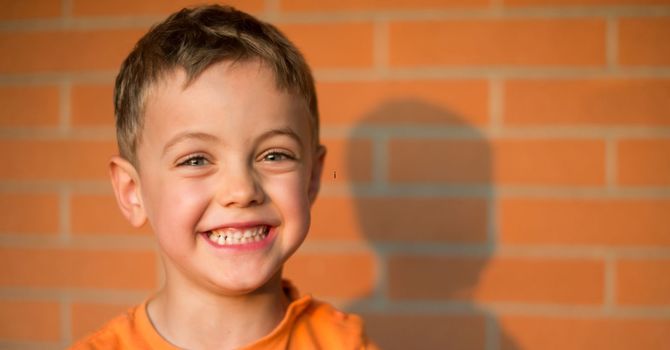Welcome to Day 6 of Bully-Proofing Your Child. This week’s focus is on enhancing your child’s ability to read and respond to social cues. Social cues may be another puzzle piece missing from last week’s discussion on the communication puzzle. Being in tune with our own social cues helps us stay aware of whether we’re showing interest or disinterest, agreement or disagreement, and so on. Recognizing our own social cues also ensures that our nonverbal gestures match the words we use. By becoming aware of how they project their own social cues, children can learn to read the social cues of others more effectively. This is essential because children who struggle to read cues—both their own and others’—are more vulnerable to bullying. They may miss subtle signs that a peer’s “kind words” are covering up nonverbal aggression, or they might reveal too much through their own body language when dealing with an unsafe peer.
How to Help Your Child Become More Aware of Social Cues
Active Listening
- Show interest in what the other person is saying
- Show they are listening
- Use positive gestures or statements
- Seek clarification
- Reflect on what the other person may be feeling
- Mirror what the other person is saying
When children use these components of active listening, the speaker feels heard and validated, and your child is more likely to understand what was said. Whole-body listening can also help reduce conflicts in everyday childhood disputes.
Observation
Observe and interpret signals from self and others accurately
When combined with active listening, accurate interpretation of what they see or hear helps children better navigate social situations. This skill allows them to recognize genuine kindness and gauge whether a situation is safe. Self-observation also enables children to change their facial expressions and body language if it’s not safe to share their feelings. While their emotions are always valid, they need to know when and how to protect themselves. Recognizing signs of relationship danger is key to maintaining safety.
Looking Ahead
Stay tuned for Day 7, where we’ll explore ways to cultivate assertiveness in your child.
Are you worried you child is engaging in bully type behaviour and don’t know how to prevent it? Are you concerned your child has become a target? Are you wanting to enhance your child’s ability to be assertive and stand up for themselves, or learn how to be assertive without being aggressive? If so, the team at Eckert Psychology & Education Centre is here to guide you and your child on your journey towards assertiveness. Book your initial intake appointment today at www.eckertcentre.com and click the “Book an Appointment” button. You can also email us at info@eckert-psychology.com for more information. Remember, psychology services are covered by most extended health insurance plans.
Kymberley is a Registered Psychologist at Eckert Psychology & Education Centre. In her role, Kymberley provides counseling services for children and youth, parent support counselling, and counselling service for adults with developmental delays. Kymberley is an EMDR-Child Specialist whose practice is Theraplay informed. Kymberley is further trained in attachment-based counselling for children and parents, trauma, and Acceptance and Commitment Therapy (ACT). Kymberley’s passion is working with children and those that love them. She believes in their incredible capacity to be resilient when life asks difficult things from them.
References:
Krazier, S. (2007). 10 Days to a Bully-Proof Child: The Proven Program to Build Confidence and Stop Bullies for Good. New York, NY: Marlowe & Company.





